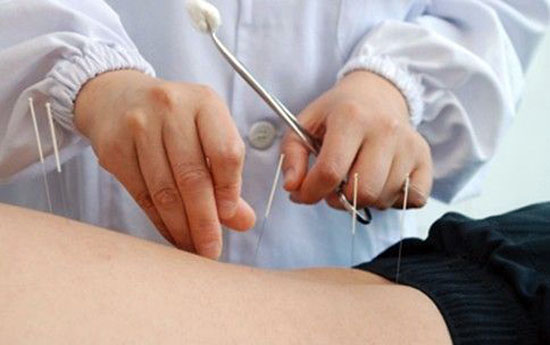Pain in the heel is a very common symptom presented in the clinic. It can occur in all age groups, the middle and older age groups experience it more often. The pain usually starts with mild pain in one foot, and if not taken care of the pain will become more severe. Pain can be associated with puffiness, and can spread to the ankle area. Due to the cause of the pain, some people will feel more pain when they first stand up to walk after sitting or lying down. Others experience the pain after standing for long periods of time. Most people don't feel pain while they are sleeping or resting.
1. Kidney Weakness:
In Chinese Medicine the kidney channel flows to the heel, and also covers most of the sole of the foot. It also gives essence to nourish the bones. When a person's kidney is weaker the sole of the foot, or heel will be lacking support from the kidney energy and channel and in blood supply, which leads to pain. There is more pain in the heel after standing or walking for long periods of time, and the pain lessens with rest.
With this type of pain the body may also experience the following symptoms: Lack of energy, lower back pain, heaviness or weakness in the legs, frequent urination at night, waking early, poor memory, lower libido, impotence and early menopause.

Suggestion if you suffer this type of pain in the heel and some of the other symptoms mentioned above is to:
a) Protect your lower back while doing things such as exercise, working etc
b) Ensure you have enough rest for your lower back, legs and feet after doing heavy activity or working for long periods of time
c) Ensure you have a good sleep, especially in the early morning
d) Eat certain foods to help your kidney energy such as beef bone soup, goji berries, prawns, scallops, soy beans or tofu.
2. Blood Stagnation blocking certain channels:
This is also a very common cause of pain in the heel. It is usually associated with an old injury which may have occurred in the lower part of the body (such as lower back, hips, legs). If the injury has not been completely resolved, this may cause stagnation of the blood and blockage of the channels in that area. After time this can affect the blood supply to the heel. This type of pain is more painful upon standing after sitting or lying down for a long period of time. It is more severe in particular spots on the heel, not the entire heel itself.
With this type of pain the body may also experience the following symptoms: chronic pain in the lower part of the body which comes and goes (lower back/hip/leg/knee), period pain and dark blood clots with bleeding in women.
Suggestion if you suffer this type of pain in the heel and some of the other symptoms mentioned above is to:
a) Fix the old injury while receiving treatment for the heel also
b) A certain amount of suitable exercise for the lower part of the body to improve circulation and bring blood supply to the heel
c) Avoid standing on cold floors/surfaces with bare feet
d) Soak your feet in warm water for 20 minutes every second day while suffering pain

![Diseases, Symptoms, tcm, [tcmwindow.com]](/uploadFile/adImg/2015/11/11/f5cbfcc0-4df5-4646-9b9a-f316651a0199.jpg)





